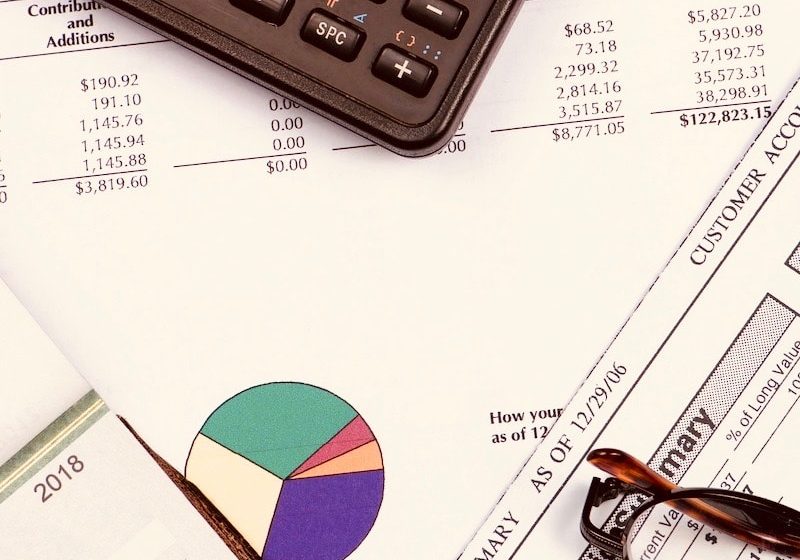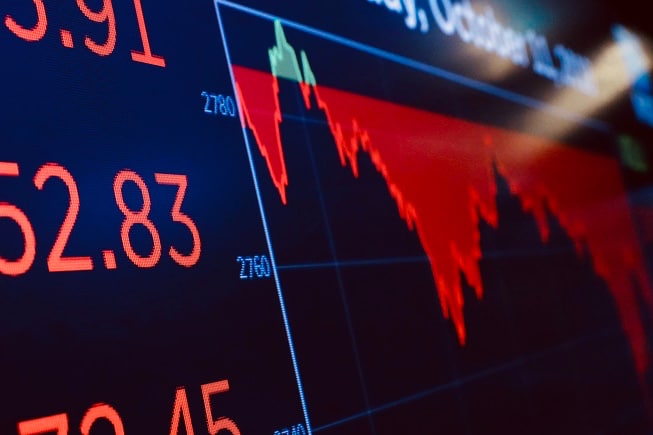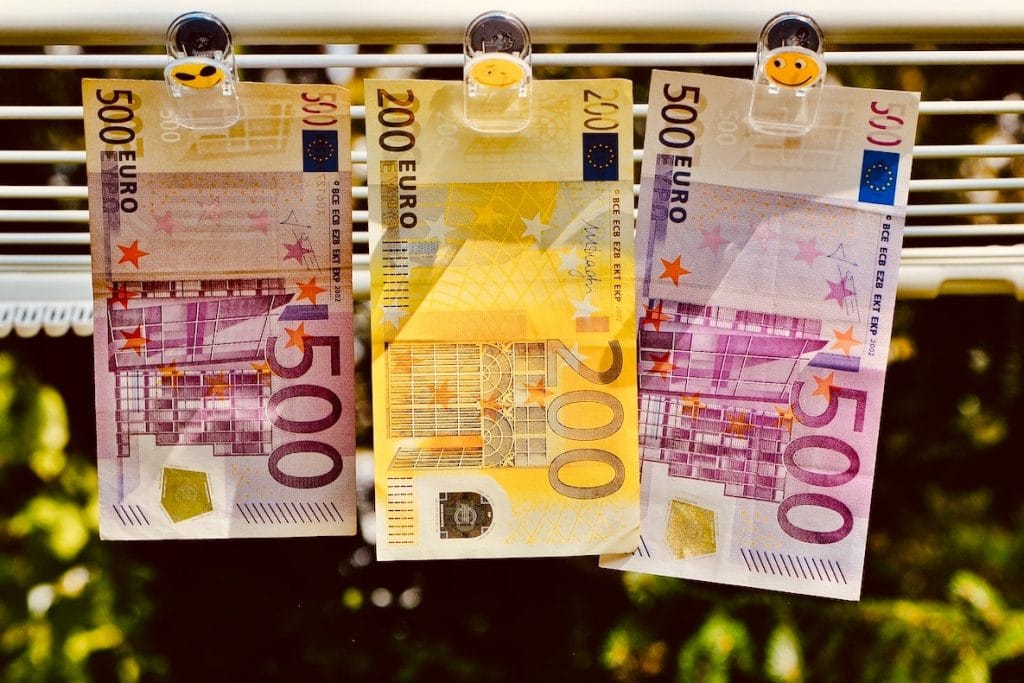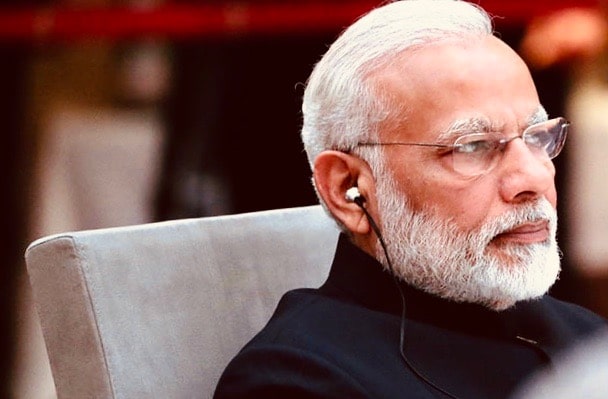“Do as I say, not as I do” was attributed to preachers, but would work just as well for the investment advisory business. Last month we discussed comparing one’s investment outlook with the consensus, but this consensus must be based on what investors are doing, not what they are saying.
“Do as I say, not as I do” was attributed to preachers, but would work just as well for the investment advisory business. Last month we discussed comparing one’s investment outlook with the consensus, but this consensus must be based on what investors are doing, not what they are saying.
“Do as I say, not as I do” was attributed to preachers, but would work just as well for the investment advisory business. Last month we discussed comparing one’s investment outlook with the consensus, but this consensus must be based on what investors are doing, not what they are saying.
It’s always an interesting exercise to ask a Chief Economist who has just given his outlook for the year, how he actually positions his own personal portfolio.
If investors are saying they’re bullish EM equities, but have yet to pull the trigger because (choose your favourite) they are:
- Waiting for a retest of the bottom
- Waiting for the Trump impeachment to start / the Mueller report to finish
- Waiting for the trade war to stop escalating, for China’s economy to improve, for Venezuela to change government, for a good Brexit outcome, for a peaceful North Korea denuclearization, and finally for the ECB to wipe out Italy’s debt.
The long list of reasons to be cautious, chief amongst them China’s current weakening economy and trade woes, likely means that many investors who say they’re bullish EM equities are probably sitting on a pile of cash, or still overweight US equities instead.
I identified bullish Emerging Market equities as a strong consensus for 2019. However I have been unsuccessful in attempts to find any investor who was significantly overweight EM / underweight US in equities. Admittedly the method was far from scientific, primarily by asking private bankers at their 2019 Investment Outlook lunches and dinners how their clients in aggregate were positioned, and the occasional client of the bank how much emerging market exposure they were planning to add this year to their portfolios, which drew many strange stares.
At one particular event, the audience was polled on preferred questions to ask the speaker. Interestingly the outlook for crypto-currencies got more votes than the outlook for China equities. There’s something to be said where even after a -80% fall in Bitcoin, investors are more interested in this ‘asset’ (using the term loosely), whereas EM, despite showing a negative return for more than a decade and being historically cheap, finds little interest.
There are a number of similarities at turning points after a long slide in asset prices. One of the recurring themes is that once asset prices stop falling despite continuing bad news, it is likely that much of this bad news is getting priced in.
In the last week we have seen a more conciliatory tone out of the US, however in the six weeks before that we saw multiple negative news headlines, and yet both the Hong Kong and China equity markets did not react negatively, and any sell-off was soon reversed.
On 22 January, the following headline appeared: “Trump administration ‘pessimistic’ about striking trade deal with China”. China equities dropped -1.8% as would be expected on that day. However just three trading days later China equities had rallied +3%, erasing all the losses from that negative headline. The same headline announcement in December would have had a very different outcome.

Interestingly, US equities fell -1.35% on the same day, but three trading days later had only recovered part of the losses.
The last six weeks has seen multiple market movements like the one above. Financial markets over time always get progressively more desensitised to the same issue / news as the feared event starts becoming priced in. For example, the risk of a breakup in the EU is still a valid concern today as it was when the first Greek tragedy occurred in 2011. Yet any further news of insolvency in Greece, or even Italy, hardly moves markets these days.
One of the most important lessons that all top traders repeat is to pay more attention to how the market is acting, rather than how you think it should be acting.
By LEONARDO DRAGO
Co-founder of AL Wealth Partners, an independent Singapore-based company providing investment and fund management services to endowments and family offices, and wealth-advisory services to accredited individual investors.




